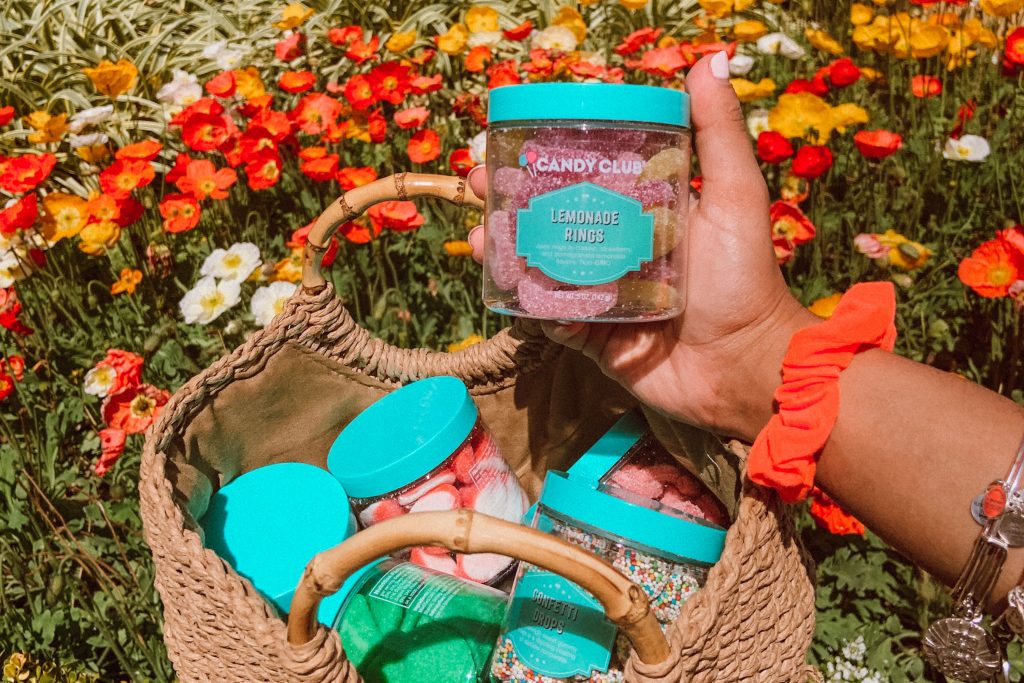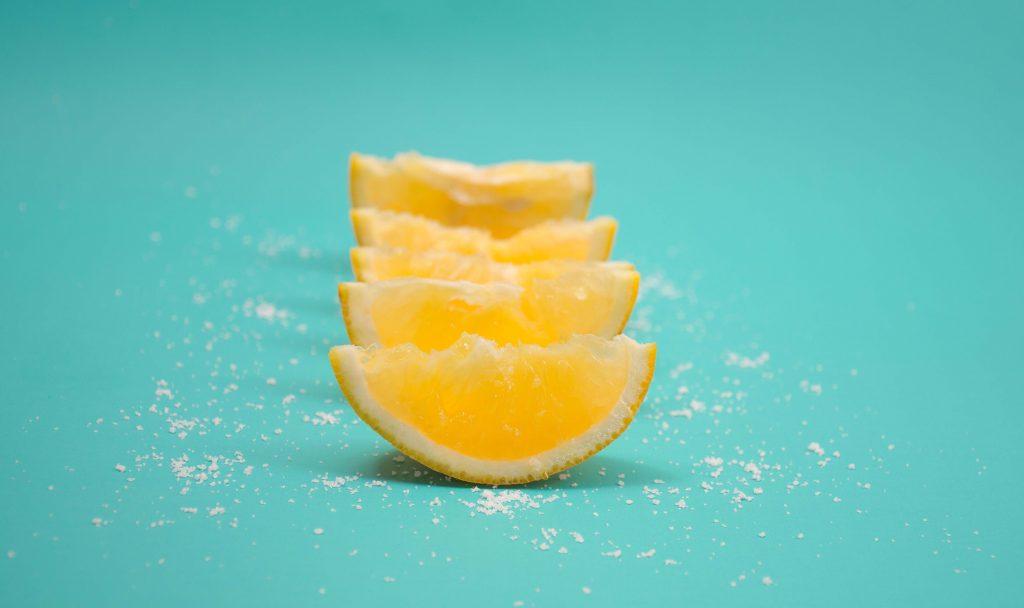In the realm of confectionery delights, sour candy stands out as a tantalizing treat that awakens the taste buds with its puckering intensity. But what is the secret behind this mouthwatering sourness? This article delves into the world of sour candy, exploring the ingredients that give it its signature tang and providing a comprehensive guide to the chemistry of sour flavors.
The Science of Sourness: A Symphony of Acids
The key to understanding sour candy lies in the realm of organic acids. These acids, when incorporated into candy, interact with taste receptors on the tongue, triggering a cascade of reactions that result in the perception of sourness.
Citric Acid: The Classic Sour
Citric acid, a naturally occurring acid found in citrus fruits, is the most prevalent souring agent in the candy industry. Its tartness is familiar and well-balanced, providing a moderate level of sourness that appeals to a wide range of palates.
Malic Acid: The Extreme Sour
For those who crave an intense sour experience, malic acid delivers the ultimate punch. This acid, found in Granny Smith apples and other tart fruits, is responsible for the extreme sourness of candies like Warheads. Its potency is not for the faint of heart, but for sour enthusiasts, it’s a taste bud-tingling delight.
Fumaric Acid: The Long-Lasting Sour
Fumaric acid, a lesser-known souring agent, possesses a unique characteristic that sets it apart from its counterparts. Its low dissolvability allows it to linger on the tongue, providing a long-lasting sour sensation that keeps taste buds dancing.
Other Common Ingredients in Sour Candy
Beyond the souring acids, other ingredients play crucial roles in the production of sour candy:
-
Sugar: The backbone of any candy, sugar provides sweetness to balance out the sourness.
-
Fruit: Natural fruit flavors and juices enhance the sour experience, adding depth and complexity to the taste.
-
Corn syrup: A sweetener that helps to create a smooth and chewy texture.
-
Gelatin: A gelling agent used in gummies and jellies to give them their characteristic texture.
-
Palm oil: A fat that adds richness and helps to prevent the candy from sticking.
Fun Facts about Sour Candy
-
The exact mechanism by which sour taste buds function is still not fully understood by scientists.
-
Sour candy can be used as a natural remedy for blocked salivary glands.
-
The inventor of the super-sour Warhead candy was inspired by a Japanese lemon candy that was so sour, it caused people to spit it out immediately.
Sour candy, with its tantalizing blend of souring acids and complementary ingredients, offers a unique and unforgettable taste experience. From the mild tartness of citric acid to the extreme sourness of malic acid, the chemistry of sour candy is a symphony of flavors that delights the taste buds and leaves a lasting impression.
The Most Common Types of Sour Candy
While some of us may associate hard candies with something to be sucked on and enjoyed, there is a vast array of sour candies available that are just waiting to explode in your tongue.
Nonetheless, the most popular varieties of sour candies can be divided into one of three broad groups:
- Sour gummies
- Sour hard candy
- Sour jellies

What Causes the Sour Flavor?
After we’ve explained how sour candy is made, find out what ingredients it is made of. Although the majority of sour candies are made with naturally tart fruit flavors, g. a few organic acids give foods like lemon, lime, raspberry, strawberry, or green apple their signature intensely sour flavor. Everybody has a different taste profile and tartness level.
To find out more about each of these sour acids, scroll down.

Citric acid is a frequently used ingredient in sour candies. This sour acid, as its name suggests, is naturally present in citrus fruits like lemons and grapefruits. It is also present in smaller amounts in berries and certain vegetables.
Citric acid is an antioxidant essential for energy production and even the prevention of kidney stones. It also causes the blast of tartness that makes sour candy so great!
This organic, super sour acid is responsible for the extreme flavor of candies like Warheads. It can be found in Granny Smith apples, apricots, cherries, and tomatoes, as well as in the human body.
Known by another name, vitamin C, citrus fruits are a well-known source of this organic acid. Not only is it a well-liked treatment for illnesses, but it also contributes significantly to the sour, delicious flavor of many of your favorite candies!
Regretfully, this might not be sufficient proof to persuade your physician to write a prescription for sour candies the next time you get a cold.
Naturally occurring small amounts of fumaric acid can be found in tomatoes, beans, carrots, and apples. Some claim that because of its low dissolvability and extremely long half-life, this acid is the strongest and sourest-tasting of all. Yes, please!.
Tartaric acid, which is more astringent than the other sour organic acids, is also used to make baking powder and cream of tartar. Bananas, tamarinds, grapes, and wine all contain it.
This Is What Makes Candy Sour
FAQ
What makes things sour in candy?
What is put on candy to make it sour?
What acid makes things sour?
Is citric acid used to make candy sour?
What are the essential ingredients for making sour candy?
Moving on to the subsequent section about the essential ingredients for making sour candy, it is important to consider other factors such as the type of sugar used and the flavorings that can complement the sourness. To make sour candy, three essential ingredients are needed: citric acid, tartaric acid, and sour fruit juices.
What ingredients are in candy?
Candies always have sugar in their composition. They may also have other sweeteners such as high fructose corn syrup and some colorings.
What are sour candies made of?
One key component is acids, which play a crucial role in stimulating our taste buds and creating that sour sensation. Acids such as citric acid, malic acid, and tartaric acid are commonly used in sour candies to achieve the desired level of sourness.
How do you make sour candy?
To make sour candy, three essential ingredients are needed: citric acid, tartaric acid, and sour fruit juices. Citric acid is a common ingredient used in sour candies to provide a sharp, tangy flavor. Tartaric acid, on the other hand, adds a sourness that is more intense and longer-lasting.
